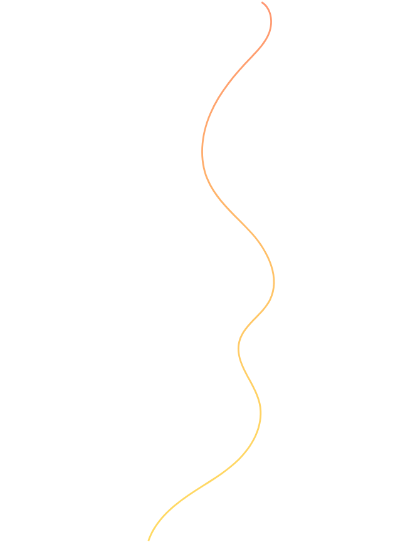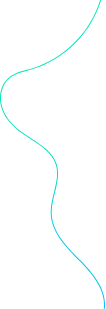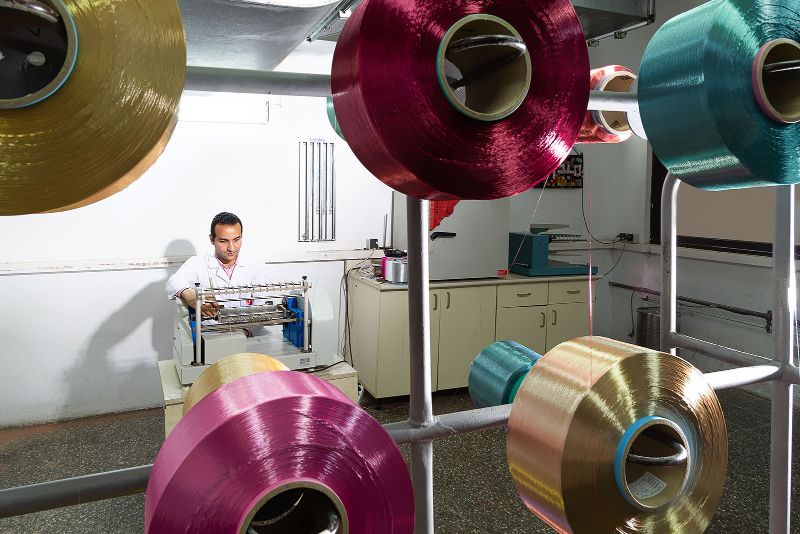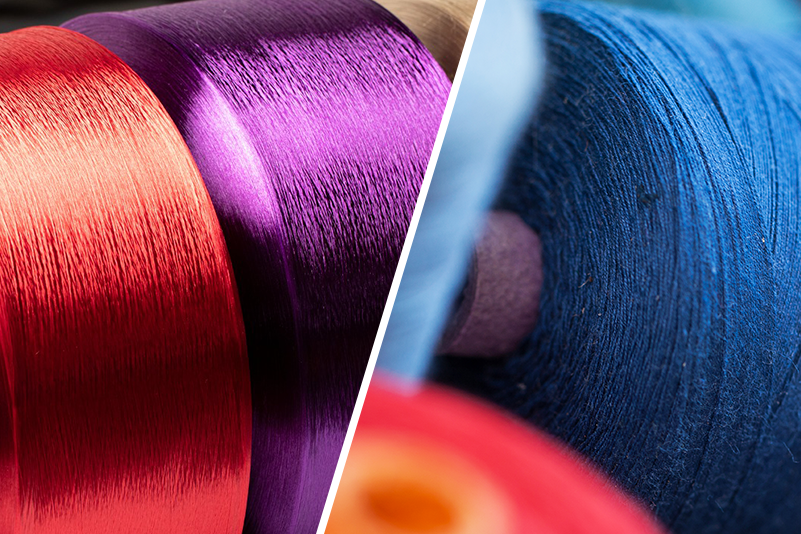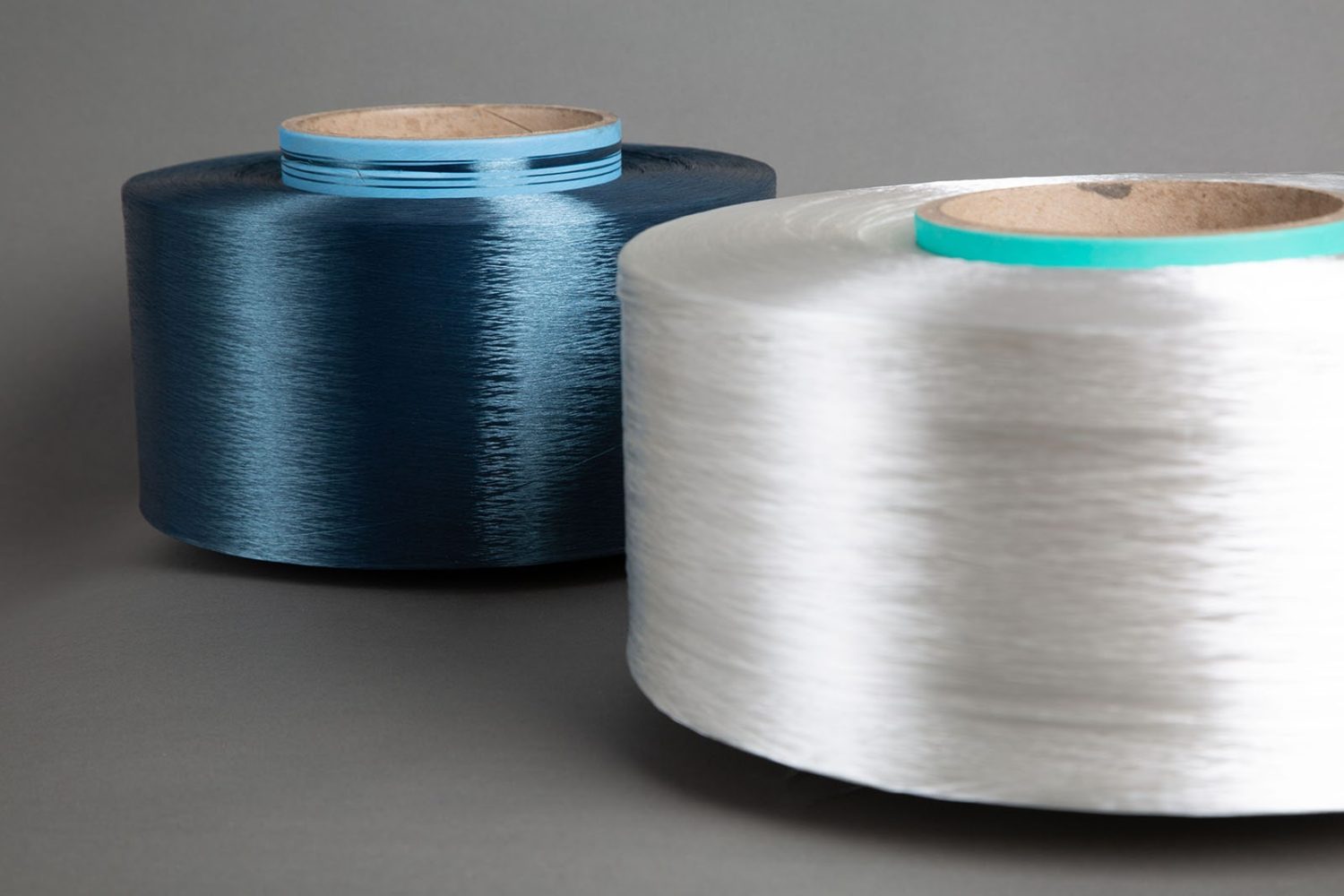Ceaseless fiber polyester can be produced in many structures yet the most well-known for modern applications are oriented yarn (POY) and completely oriented yarn (FOY).
WHAT IS PARTIALLY ORIENTED YARN (POY)?
Arranged yarn is created from the liquefying and expulsion (dissolve turning) of the polyester chip or piece. During the turning system, the fibers are extended or drawn multiple times their unique size to prepare the polymer to meet the ideal equality, strength, shrinkage, and stretching standards. So the term situated yarn means a multi-fiber that is to some degree extended. POY has lower tirelessness and is less uniform than completely arranged yarn (FOY). POY is utilized in texturizing to make finished yarn and can be utilized in drawing, twisting for weaving and twist sewing of textures.
Polyester Partially Oriented Yarn, usually referred to as Polyester POY is the essential kind of Polyester yarn. It's otherwise called Polyester Pre-Oriented Yarn. It's the most made style of yarn from PTA and MEG or by turning Polyester PET Chips. POY is principally utilized in texturizing to form finished yarn, otherwise called Polyester Drawn Textured Yarn (DTY).
POY yarn is accessible in various lusters like Semi-Dull POY and Bright POY. The intense POY includes a sparkle in it due to the presence of cross-segments within the fibers. The finish produced using Bright POY encompasses a brilliant gloss. Polyester POY yarn is usually accessible in Raw White tone and in several various shadings. POY is usually shaded using the Dope Dye technique because it is advanced and therefore the yarn gets uniformly and fully hued. The shading ace is mixed in with the natural substance to form the nitwit-colored POY. Dope-colored POY yarn is often utilized to create the Dope Dyed DTY yarn.
POY yarn is principally used in pressing of 15 Kg of cheddar and is often used to fill bed mattresses. POY made on Barmag machines from Germany and TMT machines from Japan is the best. POY from China and India is being traded-in huge amounts in nations like Egypt, Syria, Argentina, Iran, and some different nations. POY yarn is often accessible within the accompanying deniers and we can produce the simplest nature of POY from these details.
HANDLING AND CREATION
TURNING:
The polymer which will be changed over into fiber should initially be changed over to a fluid or a semi liquid state, either by being softened in a highly dissolvable substance or by being warmed until liquid. This interaction liberates the long atoms from a close relationship with one another, permitting them to maneuver autonomously. Then the fluid is expelled through little openings in a gadget referred to as a spinnerette, arising as fine planes of fluid that solidify to strong poles with each one of the shallow attributes of the very long fiber. This expulsion of fluid fiber-framing polymer, followed by solidifying to shape fibers, is termed turning (a term that's essentially more appropriately utilized regarding material assembling). Some turning procedures are utilized within the creation of synthetic fiber, including arrangement turning (wet or dry), liquefy turning, gel turning (a variation of arrangement turning), and emulsion turning (another form of arrangement turning).
ARRANGEMENT TURNING:
Perhaps the foremost established technique for preparing synthetic filaments is arrangement turning, which was presented mechanically toward the end of the nineteenth century. Arrangement turning incorporates wet turning and dry turning. The first technique was used to create rayon strands, and the last technique was utilized to show cellulose acetate to carboxylic acid derivation filaments. Within the two strategies, a gooey arrangement of polymer is siphoned through a channel and afterward went through the fine openings of a spinnerette. The dissolvable is consequently eliminated, leaving a fiber.
During wet turning the spinneret is mostly set within the twist shower, a coagulation shower during which the dissolvable diffuses out of the expelled material and a nonsolvent, normally water, diffuses into the extrudate. Then a gel can be situated by extending during this stage because the polymer is coagulated, or the newly shaped strands could be extended after they're eliminated from the twist shower. Now the fiber, containing dissolvable and nonsolvent (e.g., water), is washed with more nonsolvent (once more, typically water). An ointment is applied because the fiber finish is applied before the fiber is dried. The fiber is then hung onto axles or shipped off a shaper. The shaper produces fiber in two lengths, from five to fifteen cm (from one to six inches) called staple. An axle that has been completely twisted with the fiber forms a bundle.

